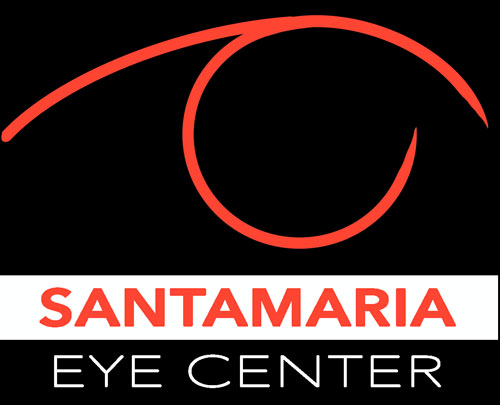07 Jan Bell’s Palsy
Bell’s palsy is a nerve disorder that causes partial or slight paralysis on one side of the face. This mild facial paralysis may affect a person’s smile, making it seem uneven or may prevent one eyelid from closing properly.
Bell’s palsy usually occurs in adults. It develops suddenly and involves a problem with with 7th cranial nerve, that affects the muscles of the face.
Symptoms:
The most common symptoms are inability to smile on one side of the face and inability to close one eyelid completely. The latter can lead to eye irritation or the feeling of something stuck in the eye.
People with Bell’s palsy may experience facial numbness, although the skin usually retains some sensation. Pain may occur either before the paralysis begins or as it develops. Other symptoms may include: decreased tear production, blurry vision, diminished taste sensations, distortion or discomfort in hearing.
Causes:
The cause of Bell’s palsy is unknown, but it occurs more frequently in people who have diabetes, in those who have a family history of Bell’s palsy and in pregnant women.
Treatment:
In over 80 percent of cases, Bell’s palsy disappears on its own. This recovery process typically begins within 3 weeks of the disease’s onset and is complete after two or three months. While symptoms improve, a small amount of subtle facial paralysis or movement irregularity may remain. In less than 20 percent of cases, symptoms of Bell’s palsy do not get better.
Your eye doctor may have you use eye lubricants or drops regularly to prevent complications with eyesight. It is important to follow the doctor’s instructions because when the eyelid does not close properly, it becomes vulnerable to irritarion, dryness and other problems.

Sorry, the comment form is closed at this time.